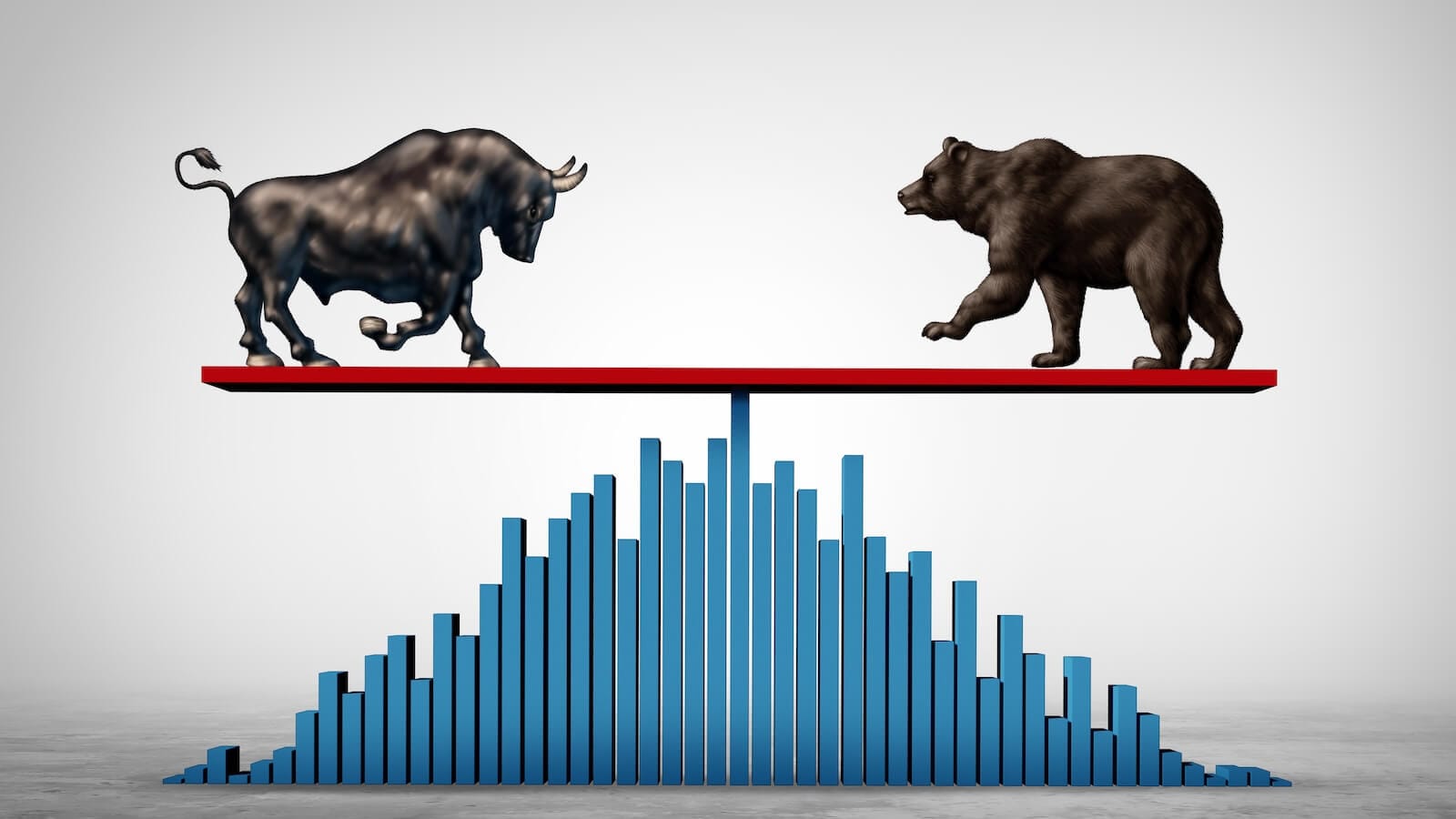Is the Eighteen-Month Dollar Index Trading Range About to be Resolved?
Chart 1 shows that the Dollar Index has been in a trading range since the start of 2023. Its sheer size indicates the ultimate breakout could be followed by a sizeable move in either direction. It is also likely to have important implications for many different markets and asset classes. So what's the likely outcome?

The Secular Trend
Usually, a market will break in the direction of the main trend, so the first question to answer relates to the direction of the prevailing secular and primary trends. For those unfamiliar with the terminology, a secular trend usually lasts between 10 and 15 years, dominating the characteristics of the primary or business cycle associated trends that fall beneath it. For their part, primary trends usually average 1-2 years, often considerably longer when they form under linear up or down trends.
When the secular trend is up, primary trends experience greater magnitude on the upside, whereas primary bear markets are briefer and less pronounced on the downside. In that that respect, Chart 2 shows that, based on simple rising peak and trough progression, the secular trend has been positive since 2011. Note that for the most part, the green arrows, reflecting primary bull markets, have generally been of greater magnitude and duration than their red bearish counterparts. That rising peak/trough progression remains intact.

Chart 3 looks at the very long-term aspects in a different way, by comparing the quarterly Index with a quarterly momentum indicator calculated using the Coppock formula. The green-shaded areas tell us when the momentum indicator is above its 6-quarter MA. It's not a secular indicator, but it does give us a clue of the direction of long-term forces. Right now, it's in a bullish mode. I would, however, consider the current secular bull to be under threat in the event the Index drops below its 12-quarter MA and the red post-2011 up trendline, which lie between 100 and 102.

The Primary Trend
Chart 4 features a PPO using the 6- and 15-month parameters. It triggers a bullish signal when the shorter-term EMA crosses above its 15-month counterpart. Such events show up in the chart as a positive zero crossover. Bullish periods have been identified by the green shading. Note the majority of major declines take place in the unshaded areas, when the indicator is bearish. The PPO is currently above zero, but not decisively so. That's where a genuine resolution of the 2023-24 trading range could have a huge impact on this indicator, either placing it in a decisively positive mode or slipping below zero into a negative one.

Short and Intermediate Trend
Chart 5 compares the Index to several dollar cross rates. Strong reliable moves tend to come when they are all pulling in the same direction. It only offers a rough idea of where things are going, and this arrangement is not directly quantifiable. However, there is no doubt they are all currently advancing at the moment, action that should at least lead to a test of the upper reaches of the trading range.

Chart 6 agrees, because the short- and intermediate-term KSTs are both in the early phase of a bull move. As always, we should let the market decide, but I would say that, given the favorable long-term trends, the odds of an upside breakout are higher than a downside one.

Good luck and good charting,
Martin J. Pring
The views expressed in this article are those of the author and do not necessarily reflect the position or opinion of Pring Turner Capital Groupof Walnut Creek or its affiliates.










